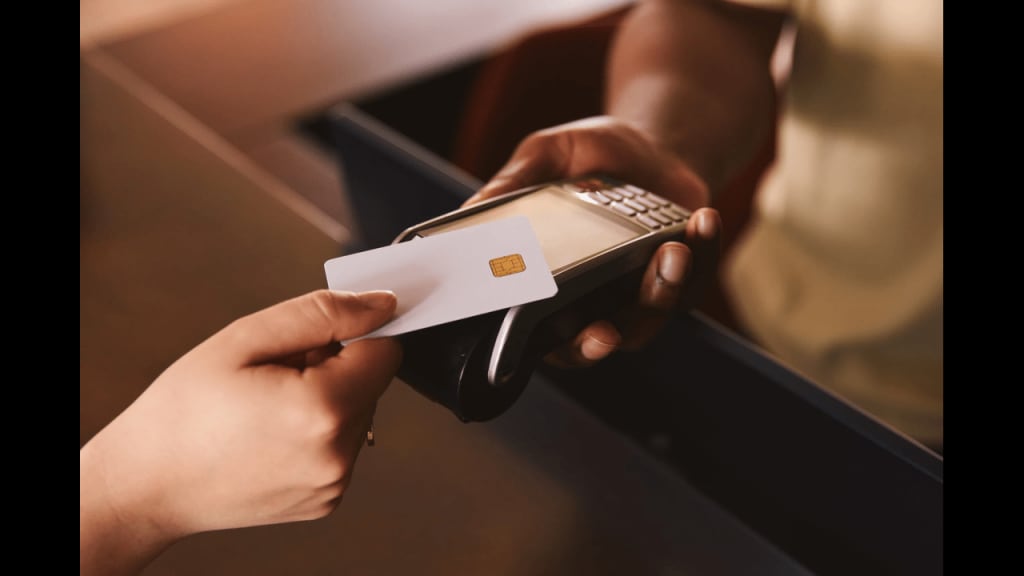RFID Protector
Safeguarding Your Data in a Digital Age

In today's digital world, where convenience often goes hand in hand with vulnerability, protecting personal information is paramount. One of the technologies at the forefront of this battle is RFID (Radio Frequency Identification), used in everything from credit cards to passports. While incredibly useful for seamless transactions and enhanced security, RFID technology also brings potential risks, namely unauthorized scanning and data theft.
Understanding RFID Technology
RFID is a technology that uses electromagnetic fields to automatically identify and track tags attached to objects. These tags contain electronically stored information that can be read from a distance using an RFID reader. In consumer applications, RFID is commonly found in credit cards, passports, access cards, and even some forms of identification.

The Vulnerability Issue
While RFID offers convenience and efficiency, it also raises concerns about privacy and security. RFID-enabled cards and documents can be scanned remotely without the holder's knowledge or consent. This opens up the possibility of sensitive information being intercepted by malicious actors, leading to identity theft or unauthorized financial transactions.
Introducing RFID Protectors
To mitigate these risks, RFID protectors have emerged as a practical solution. These are typically small devices or materials designed to shield RFID signals, preventing unauthorized access to the data stored on RFID chips. The most common forms of RFID protectors include:
RFID-blocking wallets: These are wallets made from materials that contain a metal layer, such as aluminum or a special RFID-blocking fabric. This layer creates a Faraday cage around the RFID chips, blocking electromagnetic signals and preventing them from being read remotely.
RFID-blocking sleeves: These are slim, lightweight sleeves designed to hold individual cards like credit cards or passports. Similar to RFID-blocking wallets, they use materials that disrupt RFID signals, protecting the enclosed cards from unauthorized scanning.
RFID-blocking cards: These are small cards that can be placed alongside your existing cards in a wallet. They work by jamming RFID signals, making it difficult for RFID readers to detect and read the information on your cards.
How RFID Protectors Work
The effectiveness of RFID protectors lies in their ability to create a barrier that blocks or interferes with electromagnetic signals. This is achieved through materials that either absorb or reflect radio waves, effectively preventing the RFID chip from communicating with an external reader. The level of protection can vary depending on the quality of the material used and its design.
Choosing the Right RFID Protector
When selecting an RFID protector, several factors should be considered:
Material: Opt for protectors made from materials known to effectively block RFID signals, such as aluminum or RFID-blocking fabrics.
Design: Ensure the protector is designed to fit your specific needs, whether it's a wallet, sleeve, or card.
Compatibility: Verify that the protector is compatible with the types of RFID-enabled cards or documents you use most frequently.
Durability: Look for products that are durable and well-reviewed to ensure longevity and effectiveness.
The Debate on Effectiveness
While RFID protectors are widely marketed as essential for protecting personal data, their effectiveness has been a topic of debate. Some studies suggest that certain RFID signals can still be intercepted under specific conditions, despite the use of protective measures. However, in practical terms, using an RFID protector significantly reduces the risk of unauthorized scanning compared to leaving RFID-enabled cards unprotected.

Conclusion
In conclusion, RFID technology provides undeniable benefits in terms of convenience and security, but it also introduces potential vulnerabilities. RFID protectors offer a practical and relatively inexpensive way to mitigate these risks by blocking unauthorized access to your personal data. Whether you opt for an RFID-blocking wallet, sleeve, or card, choosing to protect your RFID-enabled items can provide peace of mind in an increasingly digital world.
By understanding the principles behind RFID technology and the functionality of RFID protectors, individuals can make informed decisions to safeguard their personal information effectively. As technology evolves, so too will the methods used to protect against emerging threats, ensuring that security and convenience continue to coexist harmoniously in our interconnected world.
About the Creator
SUCCESS ZONE
Embrace growth, achieve success—where every challenge becomes a stepping stone to greatness, shaping a journey of resilience and triumph
Enjoyed the story? Support the Creator.
Subscribe for free to receive all their stories in your feed. You could also pledge your support or give them a one-off tip, letting them know you appreciate their work.






Comments
There are no comments for this story
Be the first to respond and start the conversation.